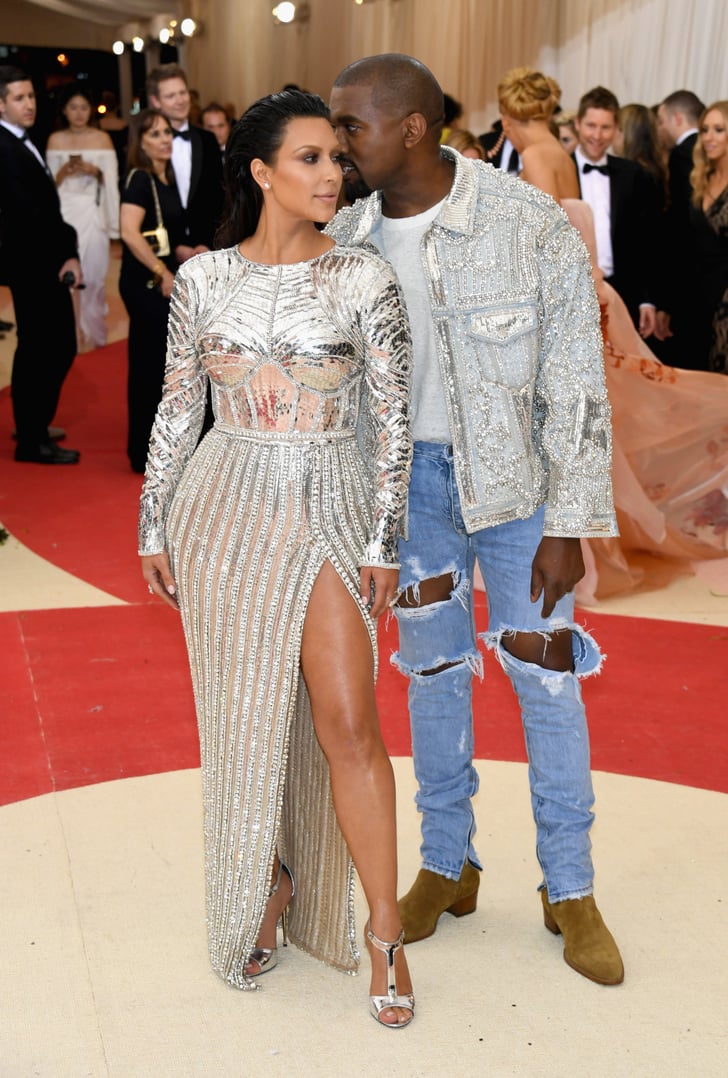
Leo Frobenius’ theories on cultural diffusion are the foundation of the concept. In his 1897 book Der westafrikanische Kulturkreis he described this phenomenon. Today, cultural diffusion is considered to be a major factor in globalization. It can be divided into two types: inter-cultural or contagious diffusion. Both types of dissemination spread knowledge in similar ways. Both types of diffusion are crucial to globalization. However, they are not the only types of diffusion.
Inter-cultural diffusion
Inter-cultural diffusión is the process of transferring ideas or concepts from one cultural to another. Once introduced to a new culture, the adopters give the idea or concept a new form. For example, India was introduced to the Mayans' concept of zero. Later, it was integrated into a wider system of mathematics. In the same way, chess originated from India. It was later distributed to Persia, then to Europe.

Hierarchical diffusion
Hierarchical diffusion refers to the transfer of ideas from one source or another. Hierarchical diffusion can be attributed to government, business, and military. Fads are an example of hierarchical diffusion. They start in a particular community and then spread to other parts of the world. The example of hip-hop music is an example. It originated in urban areas and spread quickly to other parts of the world. Slang expressions also have a history of hierarchical diffusion. They were originally created for a specific age group, but then they spread to large audiences.
Contagious diffusion
A common definition of cultural diffusion is "the spread of ideas by contact or distance." It is the transmission of an idea from one person to another. This diffusion is fast and happens when people interact and spread the idea. Because it spreads rapidly from one source to another, it is often compared to a fire spreading quickly. There are three types: expansion, contagious, and reinvention. The second type is more dangerous because it spreads faster and is more difficult to contain.
Stimulus diffusion
Cultural diffusion occurs when a new idea, or concept, is exposed to another culture and its adopters give it new life. The Mayans developed the idea of zero first, then it was spread to India. It was then incorporated into a wider math system. While the original game of chess was developed in a different cultural context, it was later introduced to Europe.
Relocation diffusion
Cultures evolve through migration and re-location of people. As people move to different locations, they bring with them innovations and new cultural traditions. As a result, their culture becomes integrated into the new society and influences the culture of the new area. This is known as expansion diffusion. This process is caused by mass immigration, including people who were born in other countries or who were compelled to migrate to a new place. The culture of the Southern United States, for example, is heavily influenced by African and Caribbean cultures.

Expansion diffusion
Expansion Diffusion describes the spread of ideas throughout a society. The number of people affected is constant and grows as time goes by. There are three types. One type is contagious diffusion. This is when ideas or concepts quickly spread from one person to another. This kind of diffusion can be seen in viral videos. It's important to understand how each type of expansion diffusion works before implementing it in your classroom.
FAQ
Who first coined the term Pop Music
Frank Zappa invented the concept. His style of music was described by Frank Zappa using the term pop music.
He stated that he wanted music that was accessible to all. This is why he called the music "pop music".
Zappa also invented the phrase "You Know It's Pop when ..."", which signifies that something is popular if there are many people who enjoy it. Michael Jackson's Thriller albums are among the most-sold.
Zappa has a different definition of pop music than we do today. Pop music today includes all kinds of music. However, back then only certain music was considered popular.
How did pop culture develop?
Technology was the driving force behind popular culture's development. It evolved as people became mobile. The radio revolutionized mass communication. This led to the rise of television which then gave birth to the internet.
People first started to use computers at home. They were also exposed to computer gaming. These games were first played on consoles such as the Nintendo Wii or Sony Playstation 3. They are now becoming available for free online. Many young people now prefer video games to watching television.
Video games are very popular with children and teenagers. You can play alone or with other people via the internet. Call Of Duty or Grand Theft Auto can be very violent. Some parents worry about their children playing these games. Others find it interesting to see what happens if a character dies.
Music videos are another way pop culture influences youth. They provide information about celebrities and current trends. They are very popular with young people. It's obvious that music is a major part of our lives.
Music videos are often created by artists who use special effects to enhance their songs. Rappers, for example, use makeup and wigs in order to appear more attractive. Others put themselves through extreme physical demands to show off their bodies. Many singers perform while wearing costumes.
Today, there's so much choice in music. You can listen to anything you want. This isn't always a good thing. Music can be a motivator for violence. Some lyrics or words can cause people to get mad. Sometimes they even commit crimes.
50 Cent was one of the victims. He sang Get Rich Or Die Trying. It contains the line "I'm gonna shoot a momfucker down / Although I don't understand why but I might." People thought this meant that he would commit suicide. A man threatened him by calling him. So 50 Cent changed the lyrics. It now says, "I'll shoot one bitch down/ I don’t know why, but I just might."
Popular culture is essential. We need to be able to see how it affects our lives. If we don’t, it will be difficult to protect ourselves against its negative effects.
What examples of pop culture are there in 2020?
The music business is changing rapidly. In fact, this year we saw Billie Eilish (Post Malone) and Travis Scott reach number 1 in Billboard's Hot 100 chart. This was a record-breaking feat for any artist.
The same is true for streaming platforms. Spotify reported that it streamed more than 10 billion hours worth of audio content last fiscal year. That's around 5 times what users were listening to just five years ago!
This has led to a massive shift in how people consume media. These days, people spend more time consuming content than creating it.
Everybody, from babies to old age, can now listen to high-quality audio content. This allows anyone to record, edit and mix their music.
It's no longer necessary to go to university and study classical instrumentation to be able to play your favorite song. Simply download an application, add your voice and upload them on YouTube.
And if you don't want to make music yourself, why not watch someone else doing it instead? There are many channels where you can watch videos of songs.
How can we prevent the dangers of pop-culture?
We must first recognize when pop music is influencing our lives. We must then make sure we aren't being influenced by pop culture. These are some tips to help you avoid negative influences.
-
Avoid watching Game Of Thrones or other violent shows.
-
Spend less time surfing the Internet. Instead, read books.
-
Watch less television. Spend your free time on healthy activities.
-
Take care what you post online. Once comments are posted, you cannot delete them.
-
You should ensure that all websites you visit are secure. Check them before you enter personal information.
-
Do not allow anyone to force you into doing anything dangerous.
Talk to an adult about if you think you might be addicted to pop culture. You can contact your local library, or the National Center For Missing & Exposed Children (1-800-583-LOL).
How did pop music become popular?
It was an accident. The mistake that caused the first song to be written was when someone accidentally knocked a piano over while playing on New Years Eve 1920.
The recording company liked what they heard and decided to release it as a single.
This was the first ever single to become a hit.
Pop music has been the most loved form of musical entertainment since then.
What is pop culture?
Pop culture is all around. It is everywhere we go: TVs, radios and films, music, magazines, newspapers and websites, as well as social networks. It surrounds us all day. It affects everything from music to clothing and food to politics and religion. What is pop cultural? Wikipedia states that "Popular culture" refers specifically to ideas and products intended for mass consumption. Most people believe that pop culture refers to movies, television, music, fashion, or other entertainment. Pop culture goes beyond entertainment. The term describes anything consumed by the masses, such as video games, sports, toys, clothing, fast food, political campaigns, and many others.
How do I use pop culture in my marketing strategy?
Pop culture is a great way to understand how to market your products and services.
Let's take, for example, the promotion of a new movie. What kind of promotion could you run?
You could make a trailer using clips taken from the movie. You could also find a clip featuring one of your products/services and include it in the trailer.
Perhaps you could make a parody of the trailer with other films.
You could use the movie's plotline to create a promotional campaign for a product or service you were trying to promote. You might promote a product that can help astronauts remain healthy while in space.
Promos could be run for businesses that are related to the movie's plotline. For instance, if your company sells food, you could offer free food samples to customers who buy tickets to see the movie.
Statistics
- For example, the term hater meaning someone who strongly undermines or criticizes others, often due to pathetic jealousy, likely emerged from hip hop culture, such as the term playa hateras, used by influential rapper Biggie Smalls as early as 1995. (simplicable.com)
- Yet a Nielsen study shows they account for 42% of the country's most-watched content on streaming services. courtesy Nielsen (npr.org)
- According to Dictionary.com, popular culture, or low culture as it is sometimes referred to is comprised of the “cultural activities or commercial products reflecting, suited to, or aimed at the tastes of the general masses of people” (7/21/19). (socialsci.libretexts.org)
- According to Kathryn Sorrells (2013, pp. 142-144), there are several ways that we can become informed consumers of popular culture. (socialsci.libretexts.org)
- In 1987, US films captured 56% of the European film market. (socialsci.libretexts.org)
External Links
How To
What are some pop culture icons?
Americans were obsessed about space travel during the 1960s. The most popular TV show at the time was Star Trek.
The original series aired from 1966 to 1969 on NBC. It featured William Shatner in Captain Kirk, Leonard Nimoy in Mr. Spock, DeForest Kelley playing Dr. McCoy and James Doohan playing Scotty. Majel Bart Roddenberry played Uhura. Nichelle Nichols played Lieutenant Nyota Uhura. Walter Koenig portrayed Pavel Chekov. Grace Lee Whitney acted as Yeoman Janice Rand. (Wikipedia)
The first feature film made from the series' story was released in 1967. It was titled "Star Trek," released by Paramount Pictures. Robert Wise helmed the movie. (Wikipedia)
The second season began airing in 1968. This season focused on the crew traveling back in time to 1969. (Wikipedia)
The third season of the television series was broadcast in 1971. This season introduced Commander Richard A. Morn as a new character. He was a Starfleet officer who had been born on Earth in 2063. (Wikipedia)
A live-action spinoff of Star Trek: Planet of the Apes was also produced during this period. It aired from 1972 to 1974. (Wikipedia)
The fourth season debuted in 1973. Two new characters were introduced in this season's fourth season: Ensign Ro Laren and Lieutenant Ilia. Marina Sirtis played them both. (Wikipedia)
The fifth season premiered in 1975. This was the final season before the series went off-air. (Wikipedia)
After the series was cancelled, many attempts were made to revive them. One of these was a 1977 pilot episode titled "Where No Man Has Gone Before," but it failed to find a partner network or studio. (Wikipedia)
Star Trek: New Voyages was also animated in 1998. It aired only 13 episodes. (Wikipedia).
After a seven years hiatus, the sixth episode of the television series was aired in 2009. It was titled "Enterprise". It ran for five seasons until 2013. (Wikipedia)
Also, there were three feature films made in this time period. It was first released in 1979. It was called "Star Trek: The Motion Picture." Nicholas Meyer directed it. The film starred William Shatner as well James Doohan and Leonard Nimoy. Walter Koenig, George Takei (majel Barrett Roddy), Ricardo Montalban, and Walter Koenig were the directors. (Wikipedia)
The next two movies were made in 1982 and 1987. They were named "Star Trek II, The Wrath of Khan" ("Star Trek III: The Search For Spock") and "Star Trek III: The Search For Spock ("Star Trek III: The Search For Spock). Nicholas Meyer directed these films. (Wikipedia)
In 2001, the seventh season of the television series aired. It was titled "Encounter at Farpoint". This was the first episode without guest stars in the show’s history. (Wikipedia)
In 2005, the final episode of the series aired. It was titled "All Good Things ...".." It was written in Ronald D. Moore. David Livingston directed the film. (Wikipedia.)
Star Trek TV Show premiered 2008 with a brand new series. It was called "Trek Nation". It is currently airing on CBS. (Wikipedia). The story of "Trek Nation", a group of people coming from different walks of society, who form their own United Federation of Planets. Their goal? To help other planets find peace. (Wikipedia). "Trek Nation", which is a concept showing how diverse people can unite and create good, is very intriguing. (YouTube Video)
I think you should read some books about the timeline of Star Trek. Start with Gary Wolfe's book Star Trek Chronology. You can find many other books online.